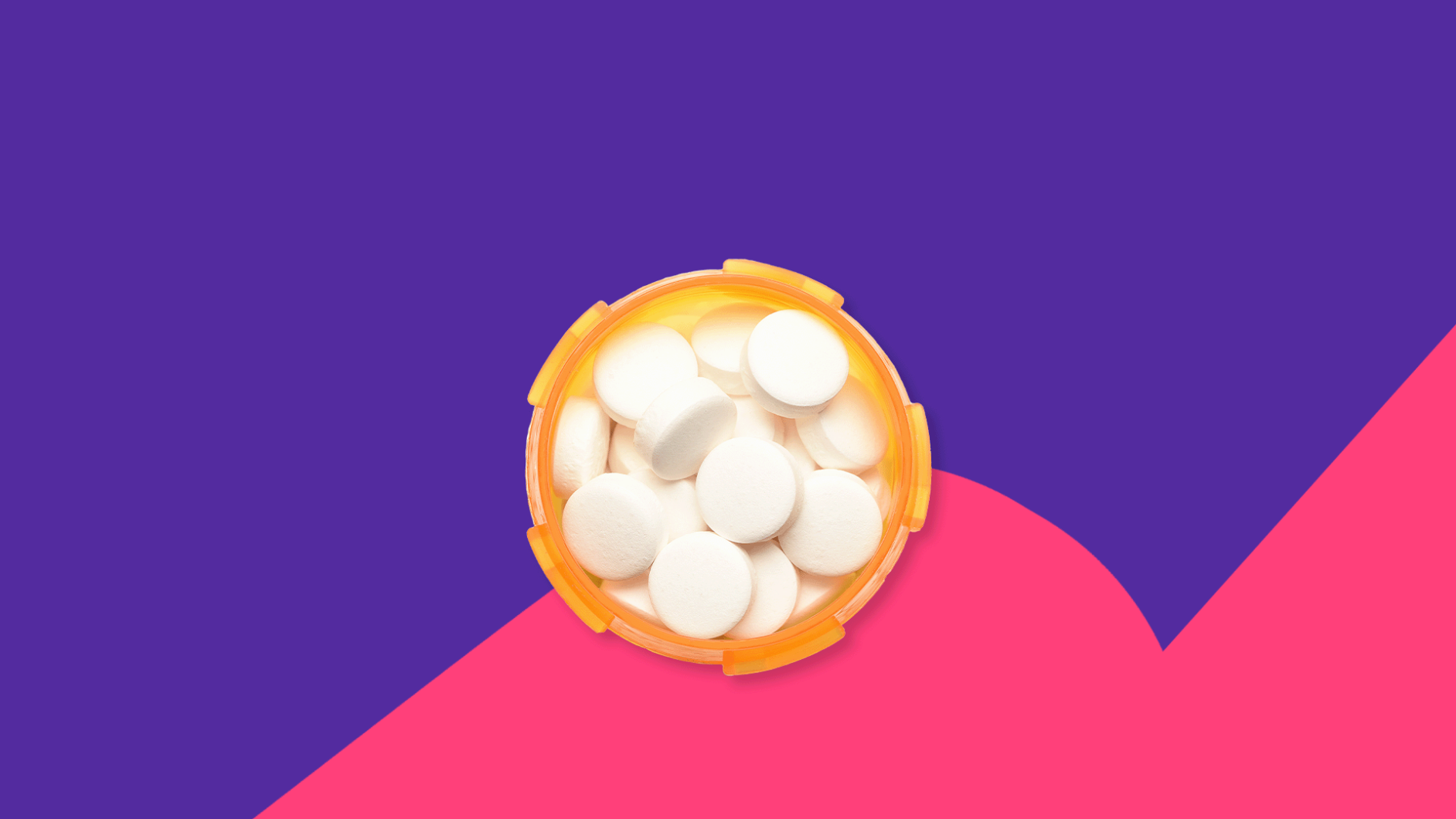Is oxybutynin covered by insurance? | How much does oxybutynin cost without insurance? | How to get oxybutynin without insurance
Available in both prescription and nonprescription formats, oxybutynin helps relieve urinary incontinence and frequent or urgent urination due to overactive bladder. Oxybutynin is an antispasmodic and anticholinergic drug, which relaxes smooth muscles in the bladder by blocking acetylcholine, the chemical that signals muscles to contract.
Immediate-release oxybutynin tablets are lower-priced generics, but extended-release oxybutynin chloride ER usually costs twice as much. Paying for prescription or over-the-counter (OTC) oxybutynin may be challenging. OTC oxybutynin skin patches, sold under the brand name Oxytrol, are less expensive. Though the dose is lower, oxybutynin patches work like prescription oxybutynin and have the same side effects, such as dry mouth, dry eyes, constipation, and drowsiness. Still, there are ways to save on an oxybutynin prescription.
What is the brand/generic for oxybutynin?
Extended-release Ditropan XL is the brand-name version of oxybutynin chloride ER and costs about three times as much when paying the full cash price. Immediate-release oxybutynin is only sold as a generic.
Is oxybutynin covered by insurance?
An oxybutynin prescription is usually covered by health insurance or Medicare prescription drug plans, but the actual out-of-pocket costs depend on the insurance plan’s formulary, copay, and other factors.
Although oxybutynin is a generic drug, insurance plan formularies can classify the drug anywhere from the lowest to highest drug tiers. Some formats, like oral syrups or extended-release oxybutynin, may not be covered by insurance, so check with the insurance company before filling a prescription. Copays are usually minimal, but in some cases, could represent a high percentage of the retail price. Some people with insurance may save more money by finding other ways to discount the purchase.
How much does oxybutynin cost without insurance?
Without insurance coverage, the average retail price for immediate-release oxybutynin is $45 for 60, 5 mg tablets. With twice-daily dosing, that’s enough for 30 days, so each tablet costs less than a dollar. Extended-release oxybutynin will cost more, which is important to know because higher dosage strengths are only available in extended-release forms. A 30-day supply of extended-release oxybutynin costs $90 for 30, 10 mg tablets. With once-daily dosing, it is double the cost of 60, 5 mg tablets of immediate-release oxybutynin. That same prescription for brand-name Ditropan XL will cost $260.
Compare oxybutynin prices to related drugs |
|||
|---|---|---|---|
| Drug name | Price without insurance of brand-name drug | SingleCare price | Savings options |
| Oxybutynin | $45 for 60, 5 mg tablets of generic oxybutynin | $5 for 60, 5 mg tablets of generic oxybutynin | See updated prices |
| Ditropan XL (Oxybutynin chloride ER) | $261 for 30, 10 mg extended-release tablets | $10 for 30, 10 mg extended-release tablets of generic oxybutynin chloride ER | See updated prices |
| Tolterodine | $106 for 30, 2 mg tablets of generic tolterodine | $14 for 30, 2 mg tablets of generic tolterodine | See updated prices |
| Darifenacin Hydrobromide ER | $470 for 30, 15 mg extended-release tablets of generic darifenacin hydrobromide ER | $46 for 30, 15 mg extended-release tablets of generic darifenacin hydrobromide ER | See updated prices |
| Gemtesa | $604 per 30, 75 mg tablets | $462 per 30, 75 mg tablets of brand-name Gemtesa | See updated prices |
| Myrbetriq | $572 for 30, 50 mg extended-release tablets | $381 for 30, 50 mg extended-release tablets of brand-name Myrbetriq | See updated prices |
| Solifenacin succinate | $392 for 30, 5 mg tablets of generic solifenacin succinate | $16 for 30, 5 mg tablets of generic solifenacin succinate | See updated prices |
Prescription drug prices often change. These are the most accurate medication prices at the time of publishing. The listed price without insurance references the price of brand-name drugs (unless otherwise specified). The listed SingleCare price references the price of generic drugs if available. Click the link under “Savings options” to see updated drug prices.
How to get oxybutynin without insurance
Prescription oxybutynin is a lower-priced generic, but with an annual price tag of $500 or more, it may be difficult to manage without health insurance or some other way to save money. Higher-priced generic extended-release oxybutynin is twice the cost usually. As a generic, oxybutynin manufacturers rarely offer patient assistance programs or rebates. Fortunately, a few strategies can help bring down the cost. The place to start is by using a SingleCare prescription discount card.
1. Use a SingleCare savings card to save over 80% on prescription oxybutynin
The lowest SingleCare discount price for immediate-release oxybutynin is less than $5 for a month’s supply, a savings of $40 off the average retail price. A month’s supply of oxybutynin chloride ER can be purchased for $10 using a SingleCare coupon, which is much less than the average retail price of $90. Keep in mind that SingleCare participating pharmacies will offer different discount prices, but these can be looked up on SingleCare’s website.
2. Compare pharmacy prices
People can save as much as $17 off the average retail price of oxybutynin just by finding the lowest price charged by local pharmacies—an annual savings of $200. Even better savings can be had by using a SingleCare savings card, so start price shopping with SingleCare’s oxybutynin coupon page.
3. Ask a healthcare professional about over-the-counter oxybutynin
Nonprescription oxybutynin can be purchased as skin patches that steadily release oxybutynin into the body for four days. A 32-day supply (eight patches) of brand-name Oxytrol for Women costs an average of $29, a $16 savings over the average price of prescription oxybutynin. However, the more realistic price comparison is with extended-release oxybutynin, which averages $89 per month. The daily dose is smaller—3.9 mg vs. 5 mg—so ask the prescribing healthcare provider for medical advice before switching.











